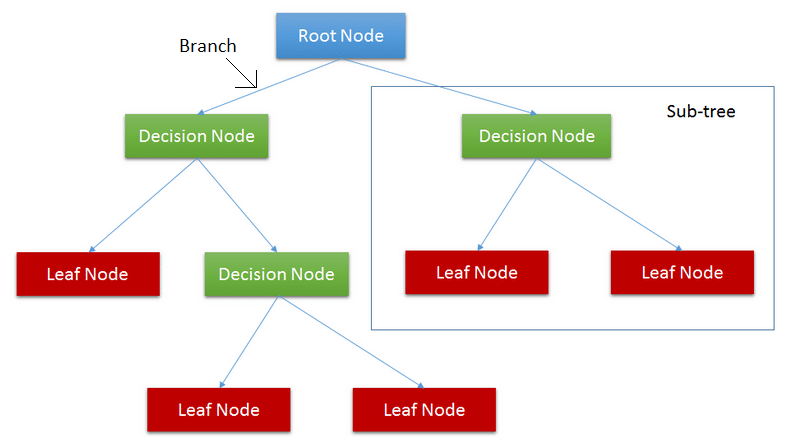Kelly Herrell is CEO of Hazelcast. Act instantly on data in motion.
After decades of promising research, the reality of generative AI has hit the industry at hypersonic speed.
The last time the world experienced a technology disruption of this magnitude was the introduction of the internet. It followed Gartner, Inc.’s “hype cycle“—the furious ascension to the peak of inflated expectations, the disenchanting fall to the trough of disillusionment and, ultimately, the progression to the plateau of productivity.
The internet raced through that progression. It was quickly defined by industry standards—protocols, languages and infrastructure—making it relatively easy to engage and advance. Soon, we all had instant and extensive access to information and the democratized ability to transact business remotely.
GenAI is an entirely different disruption. Standardizing global information connectivity is very different from introducing artificial intelligence. One is bounded, the other unbounded. With AI comes the open-ended questions of where to focus, how to find extraordinarily rare skill sets and how to navigate complex compliance issues.
The AI hype might lead executives to think they’re too far behind. Research firm IDC indicates that $154 billion was spent on AI in 2023. However, the 2024 McKinsey Global Survey found that “across functions, only two use cases, both within marketing and sales, are reported by 15% or more of respondents.” The movement has only just begun.
How do you start with GenAI now? Get moving by breaking it into chunks. Here’s one approach.
Day Zero
Business leaders are feeling pressure to do something—anything—with GenAI. The hype is everywhere, the potential is vast, and boards are demanding strategies and results. This is the point when you decide where to focus. Identifying the use case is always the first step to driving an initiative that actually proves an ROI. To do this, look at the pain points your customers face. Assess internal inefficiencies in your workflows. Can you fix them with GenAI?
Day One
Begin to build. Iterate development and do it quickly. Solve for the Day Zero use cases so you have an operating environment that leads to something. Very few people have all of the AI skills they need. Beg, borrow, steal, train.
In some cases, full AI platforms—all of which are relatively new to the market—might be your ticket. Also, innovation is soaring among startups looking to fill the skills gap with new tools. In many cases, though, it’s do-it-yourself. Andreessen Horowitz notes that “enterprises are overwhelmingly focused on building applications in-house, citing the lack of battle-tested, category-killing enterprise AI applications as one of the drivers.”
Rebuild. Deploy. Iterate. Every iteration provides lessons. Is it any good? Do you need to rebuild? Increase the functionality? Building and rebuilding solutions will be the Godzilla of DevOps.
Day Two
Once you successfully deploy a solution, you’ll quickly see whether you have the infrastructure to carry everything through. Many companies will struggle here.
EY research found a lack of technology infrastructure is a top barrier to AI implementation in the financial services industry. Infrastructure means the correct database, the right data processing software, the right network design and more. These are the same basic computer science problems that hit any technological endeavor. At the same time, continue executive briefings and collaboration. Nothing should be done in the dark. Buy-in is crucial.
Day Three
You’ve successfully deployed your solution. It fixes the pain point, hastens the workflow and reduces inefficiency. It accomplishes the goals set forth during Day Zero. Factor all of the learnings back into your team’s AI strategy.
Things are moving so fast with GenAI that, chances are, you’ll now want to redo portions from the previous phases. You’ll return to Day One but with more powerful tools to work with. Andreessen surveyed enterprises and found that every single company “saw promising early results of GenAI experiments and planned to increase their spend anywhere from 2x to 5x in 2024 to support deploying more workloads to production.”
Adopt, Implement, Pivot
The speed at which AI can and will change industries is unprecedented. That means enterprises must do much more than just adopt AI; companies must evolve along with the technology. Already, there are so many more large language models (LLMs) to feed AI projects and a rapidly growing set of AI-infused tools and platforms.
Even if AI itself, as a technology, moves from frothy expectations to disillusionment and beyond, no singular company needs to suffer the same pain. GenAI, done right, can prove ROI quickly and then keep going. Proper implementation and targeting the right use cases with the right talent are critical.
Forbes Technology Council is an invitation-only community for world-class CIOs, CTOs and technology executives. Do I qualify?




